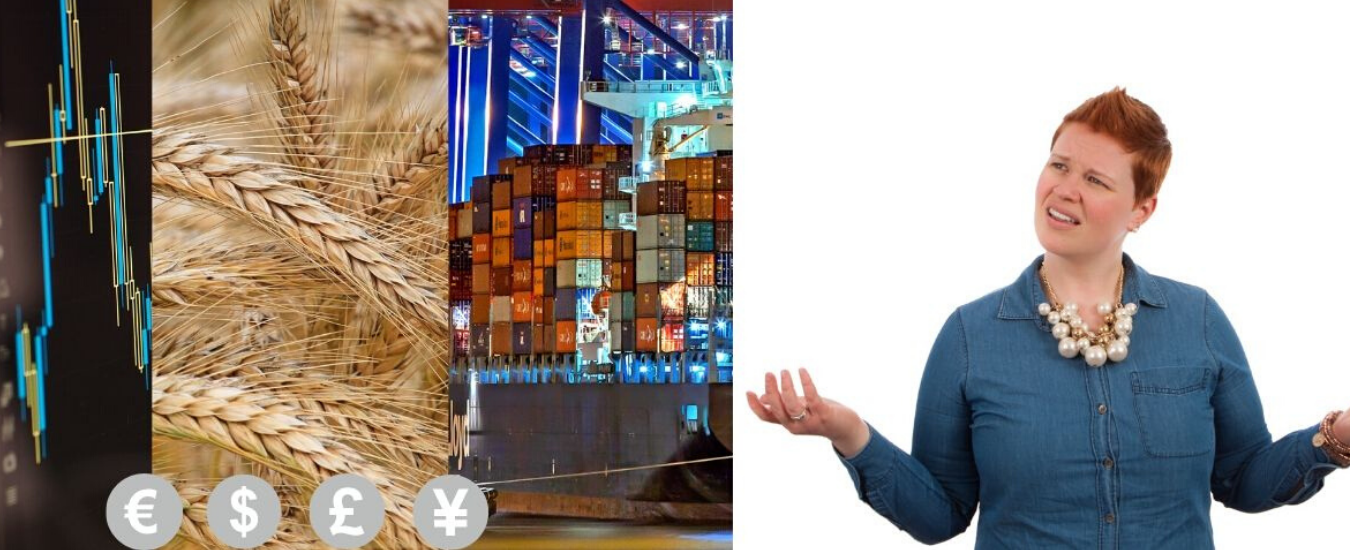Victoria is Australia’s largest exporter of food and fibre products and accounts for 27 per cent of the country’s total exports. Having access to international markets is important to ensure Victorian agricultural products deliver competitive returns for growers and agribusinesses.
Because of a focus on sourcing and securing international markets, the price received for Victorian Agricultural commodities is influenced by global markets. If changes occur in these markets the demand and value of these commodities can also change, influencing farm gate profits and can require the careful planning of crop and livestock investment decisions.
An example of this is the imposition of tariffs from China on Australian barley. You can read more about that here.
Market Access
Victorian agricultural businesses enjoy equal or better access to many of the world’s fastest growing economies compared to our competitors.
This is due to:
- expansive network of Free Trade Agreements
- reputation for safe, fresh, high-quality produce
- proximity to Asian markets
- favourable climate and growing conditions.
There are several factors that need to be considered before Victorian agricultural goods can be exported to international markets.
Trade agreements
Trade agreements are international treaties that reduce barriers to trade and investment. Australia has established trade agreements with numerous trading partners and has several new agreements under negotiation.
For agriculture, trade agreements generally outline arrangements relating to tariffs and non-tariff measures. However, having a trade agreement in place does not necessarily mean technical market access is granted. This is usually sought through a separate process.
Free trade
According to the Federal Department of Agriculture Water and Environment, high-quality, comprehensive free trade agreements (FTAs) can play an important role in supporting global trade liberalisation.
FTAs can cover entire regions with multiple participants or link just two economies. Under these agreements, parties enter into legally binding commitments to open access to each other’s’ markets for goods and services, and investment.
Australia has 11 FTAs currently in force with China, Japan, Republic of Korea, New Zealand, Singapore, Thailand, US, Chile, the Association of South East Asian Nations (ASEAN) (with New Zealand), Malaysia, and Canada and Mexico (through the Comprehensive and Progressive Agreement for Trans-Pacific Partnership, or CPTPP). The term ‘free’ is often used loosely. Some products under many of these agreements are excluded from zero tariffs, or only reduce to zero after a decade or more of stepped reductions.
For information on the status of Australia’s FTAs see the Australian Department of Foreign Affairs and Trade (DFAT) Status of FTA negotiations. For information on agreements in force see the DFAT Free Trade Agreement Portal.
The World Trade Organisation defines tariffs as ‘Customs duties on merchandise imports giving a price advantage to locally produced goods over similar goods which are imported, raising revenues for governments.’
Technical market access
The process for seeking technical market access is based on scientific evidence and determines the Sanitary and Phytosanitary (SPS) measures required to assure the importing country that Australia’s food and fibre products are safe for import.
Sanitary and Phytosanitary measures are applied by importing countries to protect human, animal or plant life from exotic diseases, contaminants or pests. This could be in the form of a tolerance for presence of certain weed seeds or certification that fumigation against insect pests has occurred.
This can be a straightforward or quite a protracted process. The complexity reflects the nature and level of the food safety or biosecurity risk the importing country might be exposed to and whether regulatory measures are available to address that risk.
Accessing the market
Having trade agreements and access to markets can enhance trade and investment opportunities, however, these alone do not generate or grow exports.
Growth can only occur if commercial parties decide to take advantage of the opportunities to supply these markets. To achieve access, products and companies may need to meet requirements important to those markets. These requirements may include product quality and packaging standards , demonstrating social and environmental sustainability or providing necessary certification.
With the right information, exporting can have multiple benefits.
For the process to be successful, a business must first determine their own business goals, intended consumers, potential competitors and importing country requirements. Global Victoria and Austrade can provide advice on getting ready to export.

